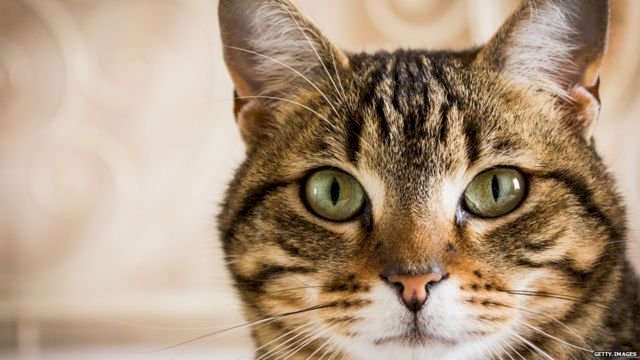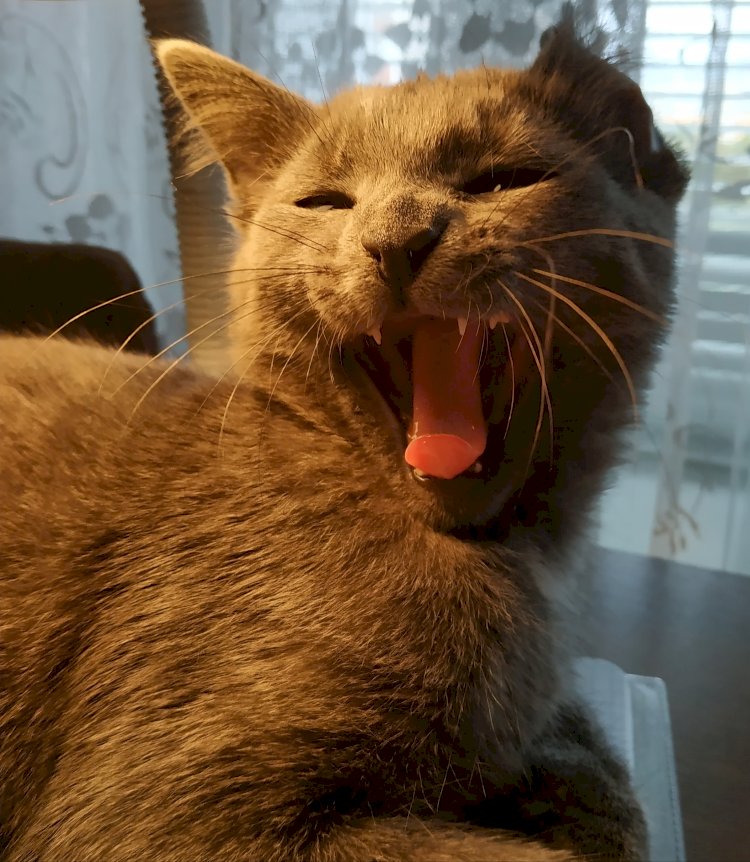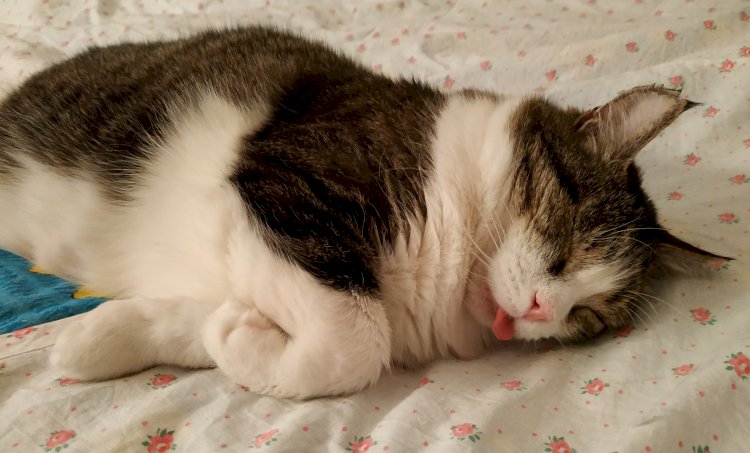
Why do cats purr?
Near a purring cat, most people themselves calm down and tune in to a positive mood.
Why is this mysterious and independent animal born with such amazing vibrating sounds? Until thinking about this question finally killed the feeling of bliss and peace, inspired by the melodic and guttural "ff-r-m", let's try to find the answer.
The most scientifically grounded theory in this regard, the purr is explained by no less than the electrical impulses generated in the brain of the pet. The impulses contract special muscles in the immediate vicinity of the vocal cords.

Author: Roman Grishin
The sound itself is emitted by the hyoid bones, resonating from the vibration of these ligaments. Interestingly, it is this "purr apparatus" that allows felines such as lions to emit their famous growl. In lions, the hyoid bones are securely covered with cartilage.
This is why vibration does not occur. But in full measure there is a powerful unique roar. By the way, only small representatives of felines can purr, and only the largest of the class - a lion - can growl.
Cats know how to purr immediately after birth. Kittens in this way give a signal to the mother-cat that everything is just fine with them. And when are little kittens doing well?
That's right when they suck milk. Meowing in such a situation is difficult, but purring comes out without problems. Growing up, kittens call their brothers to play with the same sound they are used to.

Author: Roman Grishin
But an adult cat meows not only when she is happy, or wants to show other cats her peaceful intentions. She also arranges for herself such a session of "meowing auto-training" when she is preoccupied with something, or is sick.
We try to hum sometimes to cheer ourselves up. This is why cats often purr at the vet. By the way, listening to the heartbeat of a purring cat is simply impossible.
Therefore, veterinarians often use an interesting trick - they turn on tap water. The sound of flowing water silences the cat.
What's interesting: a loud purr signals a state of happiness and peace - this is such a feline version of a smile, or perhaps even a laugh of joy.
And a quiet version of purring is a request for help, well, or at least for affection. Let's listen to the cat's purr - this will tell us about her condition and, of course, her mood.











